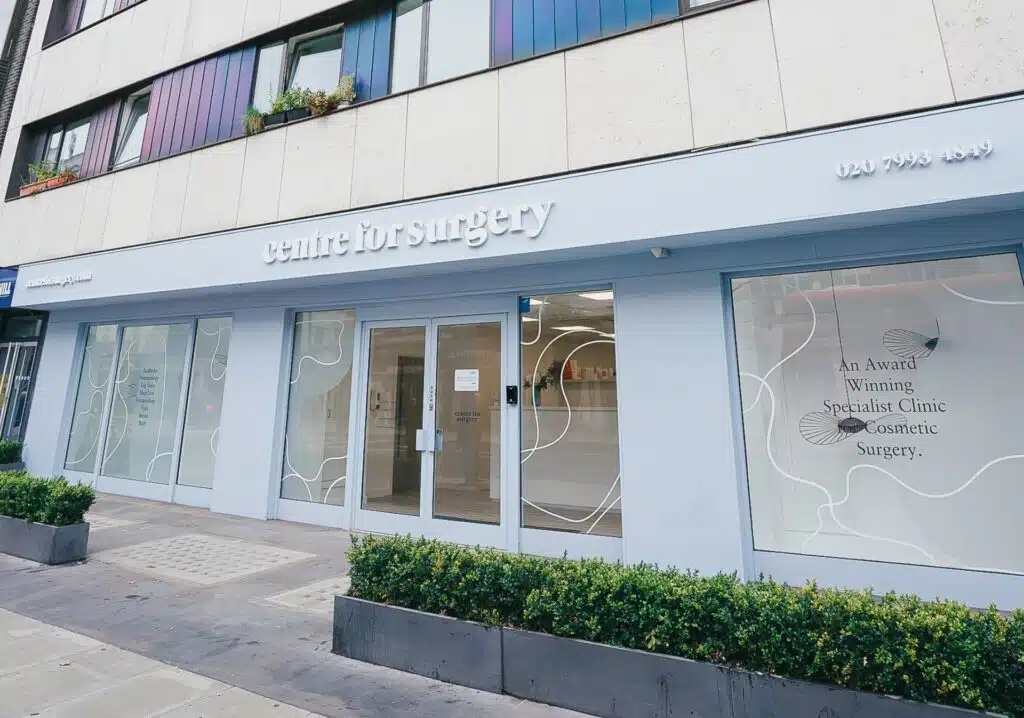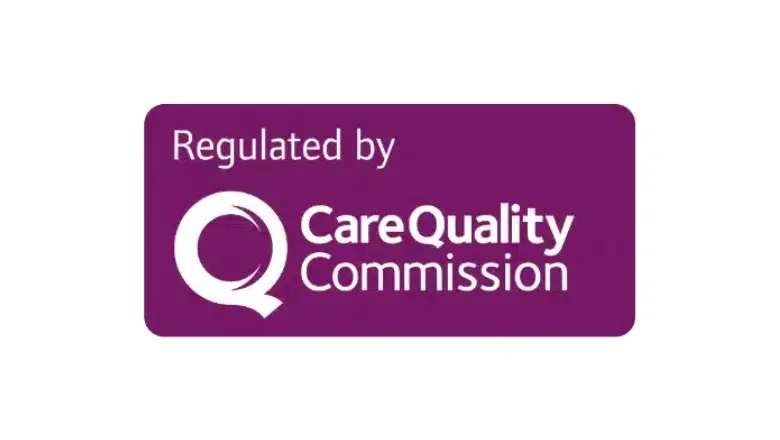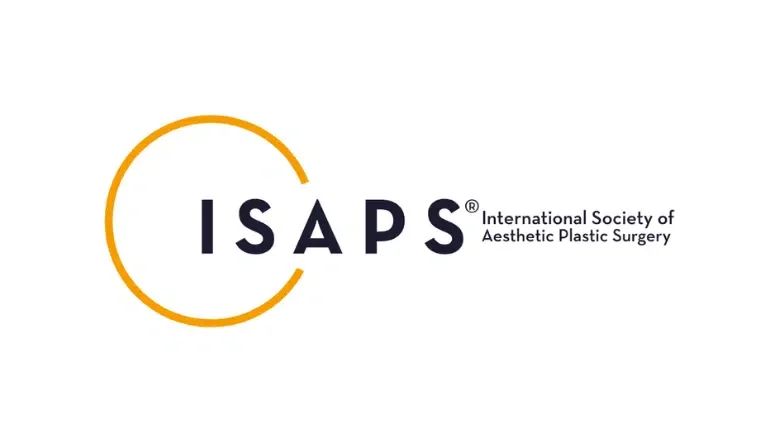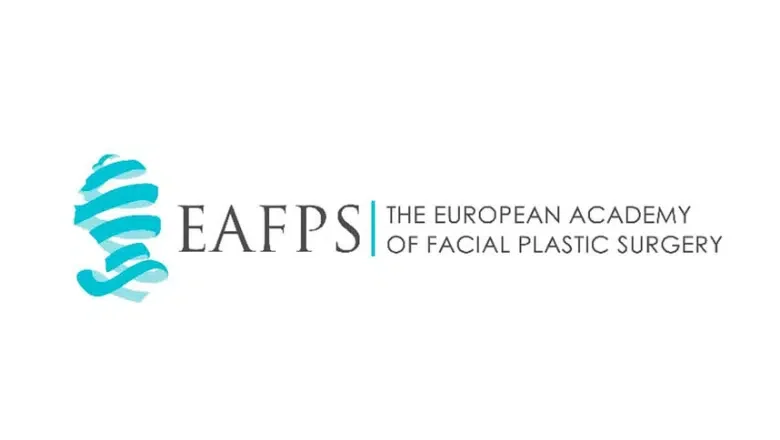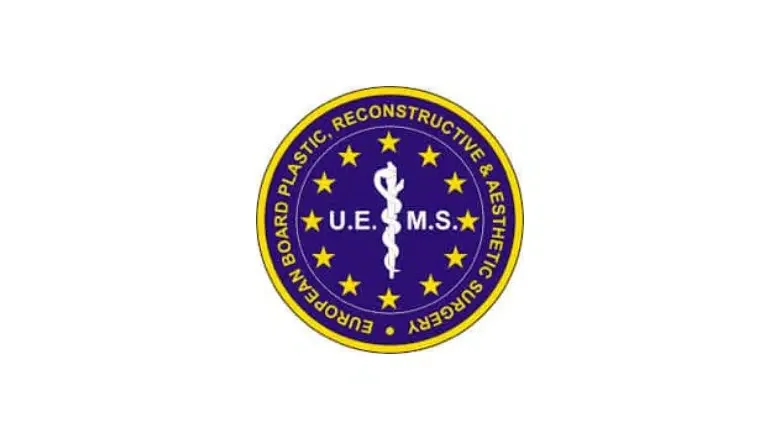Understanding Rhinoplasty and Septoplasty: Which One is Right for You?
Rhinoplasty and septoplasty are distinct surgical procedures, each designed to address different issues related to the nose. If you want to alter the appearance of your nose to enhance your look, rhinoplasty is the procedure for you. This life-changing procedure focuses on reshaping the nose’s external structure to achieve a more aesthetically pleasing appearance.
On the other hand, septoplasty is aimed at correcting deviations in the nasal septum, which is the cartilage and bone divider between the two sides of the nose. This procedure is primarily done to improve breathing by straightening the septum, which can become deviated due to injury or natural growth.
Often, these surgeries are performed together in what is known as a septorhinoplasty. This combined approach allows for both aesthetic improvements and functional corrections, providing a comprehensive solution. However, rhinoplasty and septoplasty can also be performed separately if you have distinct goals. For instance, you might only seek aesthetic changes without any breathing issues, or you may need to address breathing problems without altering your nose’s appearance.
RELATED: Breathing Better: How Septoplasty and Turbinate Reduction Can Help
Does Septoplasty Also Involve Rhinoplasty?
No, septoplasty does not include rhinoplasty. When you consult a surgeon for a septoplasty to enhance your breathing, the procedure will focus solely on correcting the functional issues within your nose. This means it does not involve any cosmetic alterations to improve your nose’s appearance.
Septoplasty is specifically aimed at addressing issues like a deviated septum to improve airflow and breathing. It is considered a functional surgery typically covered by private medical insurance. In contrast, rhinoplasty is a cosmetic procedure intended to reshape the nose for aesthetic purposes. As such, private medical insurance in the UK does not cover it. If you desire both functional and cosmetic improvements, you would need to discuss the possibility of undergoing both procedures, often called septorhinoplasty, with your surgeon.
Does Septoplasty Alter the Shape of Your Nose?
Generally speaking, a septoplasty does not change the shape of your nose. The primary goal of this procedure is to straighten the septum inside the nose to enhance breathing. However, there are exceptions to this. In instances where the septum is significantly crooked and deviates dramatically towards one side, particularly at the tip of the nose, the nose may also appear crooked. Correcting such a severe deviation involves repositioning the caudal end of the septum back to the midline, which can result in a straighter appearance of the nose post-surgery.
RELATED: Can You Fix a Crooked Nose with Rhinoplasty?
This type of septoplasty is more complex and requires the expertise of a facial plastic surgeon. The surgeon’s skill is crucial in ensuring both functional and aesthetic outcomes, as the procedure involves delicate adjustments to the nasal structure. While the primary intent of septoplasty remains to improve breathing, in cases of severe deviation, an improved nasal shape can be an additional benefit.
Does Septoplasty Affect Your Voice?
Typically, septoplasty does not significantly change voice for most people, as the primary goal of the surgery is to enhance breathing. However, for those who experience severe nasal obstructions, their voice may sound nasal or congested due to restricted airflow through the nose. By straightening the nasal septum and improving airflow, septoplasty can actually enhance the resonance and clarity of the voice.
This improvement is particularly crucial for professionals like actors and singers, for whom even slight nuances in voice quality can be significant. Enhanced airflow can lead to better voice projection and richer resonance, which are essential qualities for performance. Therefore, while the surgery does not drastically alter voice characteristics, it can refine and improve voice quality, making it clearer and less nasal, especially in those who previously had notable nasal obstructions. For such individuals, the changes following septoplasty are generally viewed as positive enhancements to their vocal performance.
Is septoplasty Considered Major Surgery?
Septoplasty is generally not regarded as a major surgery. Most patients experience only mild postoperative discomfort, with some minor bleeding being the most common issue. This procedure focuses on correcting the nasal septum to improve breathing and is less invasive than many other surgeries.
Recovery from septoplasty is typically swift, allowing patients to return to their regular routines shortly after the operation. Many individuals can resume work and regular activities within two to three days. The relatively quick recovery time and minimal discomfort make septoplasty a straightforward and manageable procedure for those needing to correct nasal obstructions and enhance their breathing.

